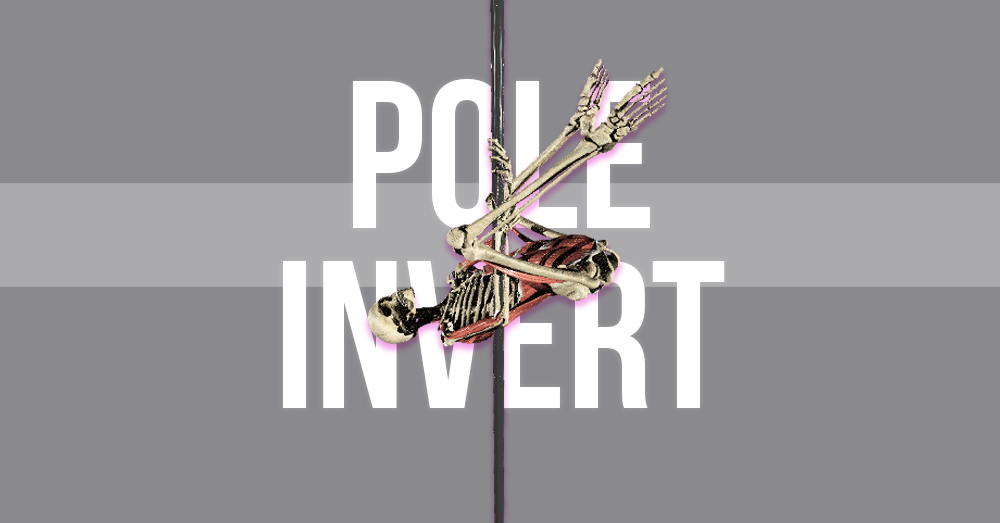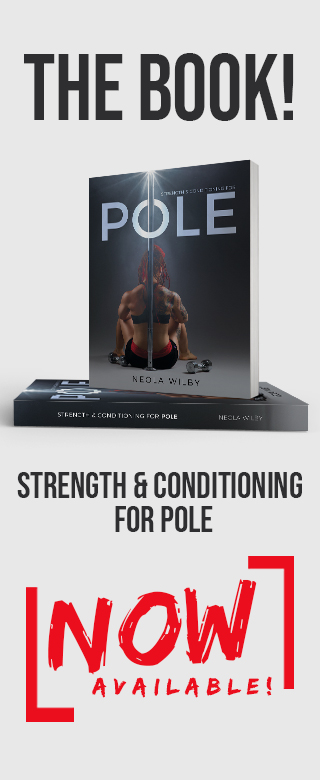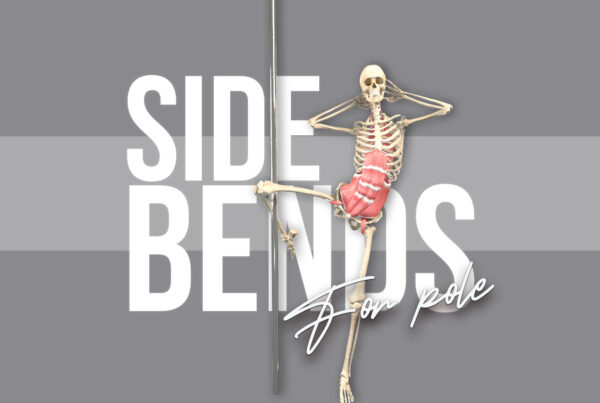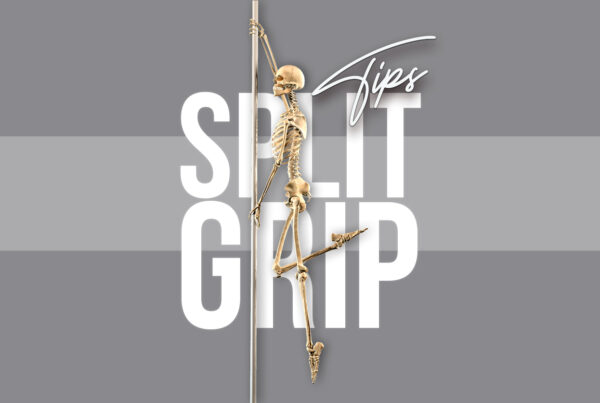Rather watch than read?
I got you! You can watch a 90-second summary of this blog post in the video below!
Here for all the juicy details? Then let’s pole-nerd the hell outta this thing…
This ‘tuck’ version of the pole invert is often called the “basic” invert. Hahaha… how we laughed! As if anything we do on the pole is basic! Pah! In fact, this seemingly simple inversion is one of the most important movement patterns we do on the pole.
Achieving the ‘no kick’ invert—in other words, inverting without the help of momentum from a leg swing or ‘jump’—is the ultimate invert #polegoal and the key to unlocking a whole new world of inverted pole tricks.
But there’s a reason why so many pole dancers struggle with this movement (not just beginners, either):
IT AIN’T EASY, POLE PEOPLE!
It requires a high level of strength to execute well. But nothing great ever came easy, right? So the time you’re dedicating to understanding and building strength for the invert—including reading this blog post!—is going to be sooooo worth it in the long run!
Commence mission: Pole Invert!
Any pole trick-specific strength mission must begin with an analysis of the movement we’re trying to achieve. So, here we are to do just that!
In this blog post, we’ll explore the 6 key muscle actions that make the ‘basic’ (yeah right!) pole invert do-able. By breaking down and understanding the movement in this way, we can then make our training for it SUPER specific. More on that later! For now, let’s begin by looking at the most foundational element of the invert…
Pole Invert Strength #1 Core stability
In other words: the stabilisation of our spine and pelvis.
As you’ll see in points #2 and #3 below, two of the primary muscles working in the invert are the latissimus dorsi and the iliopsoas—we’ll talk more about them shortly, but for now just know that both of these muscles attach to our spine and pelvis, too. Which is why it’s particularly important that our spinal and pelvis position is solid—it creates a firm anchor point so those muscles can do their job properly!
Without that solid base, it is much harder for those muscles to generate force, making the whole movement less efficient. It will be waaay more challenging—and if we DO manage to get upside down, we might end up reinforcing that inefficient movement pattern, which probably won’t serve us well in the long run.
Conversely, when our core is strong and our spine and pelvis position is stable, it means the rest of our muscles can operate efficiently to execute the movement. Winner!
This ‘core stability’ comes not so much from our ‘six pack’ muscles (rectus abdominis) but from the all of muscles around our torso working together. Some of the key players here are our transversus abdominis (TVA), and our internal and external obliques.
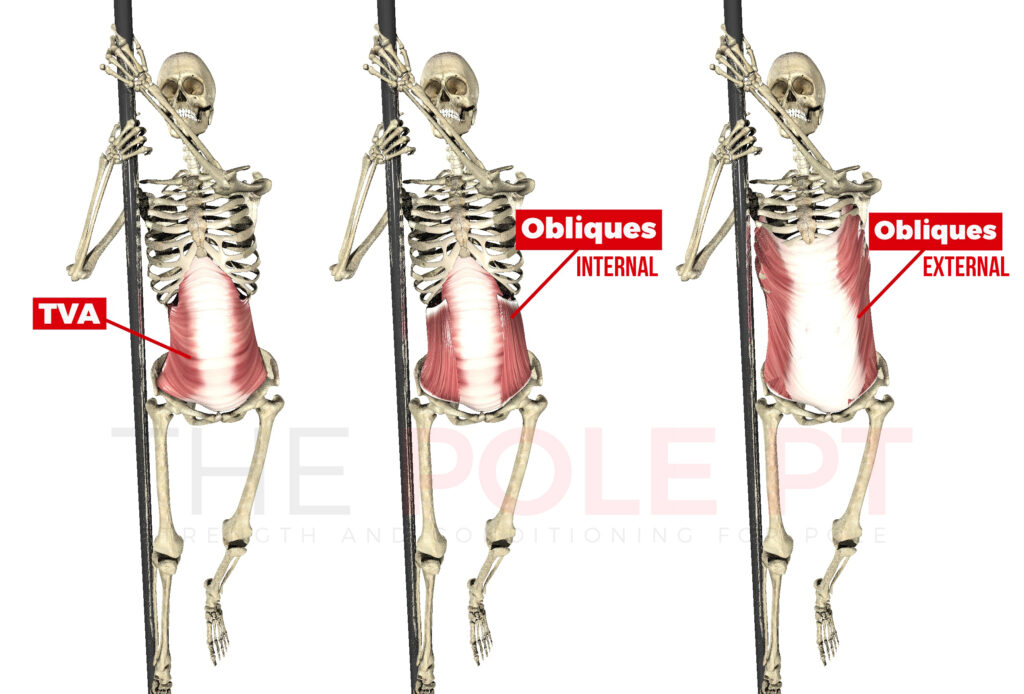
Pole Invert Strength #2 Hip flexor strength
From this stable base, to lift our feet off the floor, it’s our hamstring muscles (on the back of our legs) which bend our knees and our hip flexors (primarily the ‘iliopsoas’) which contract to tuck our legs in towards our chest.
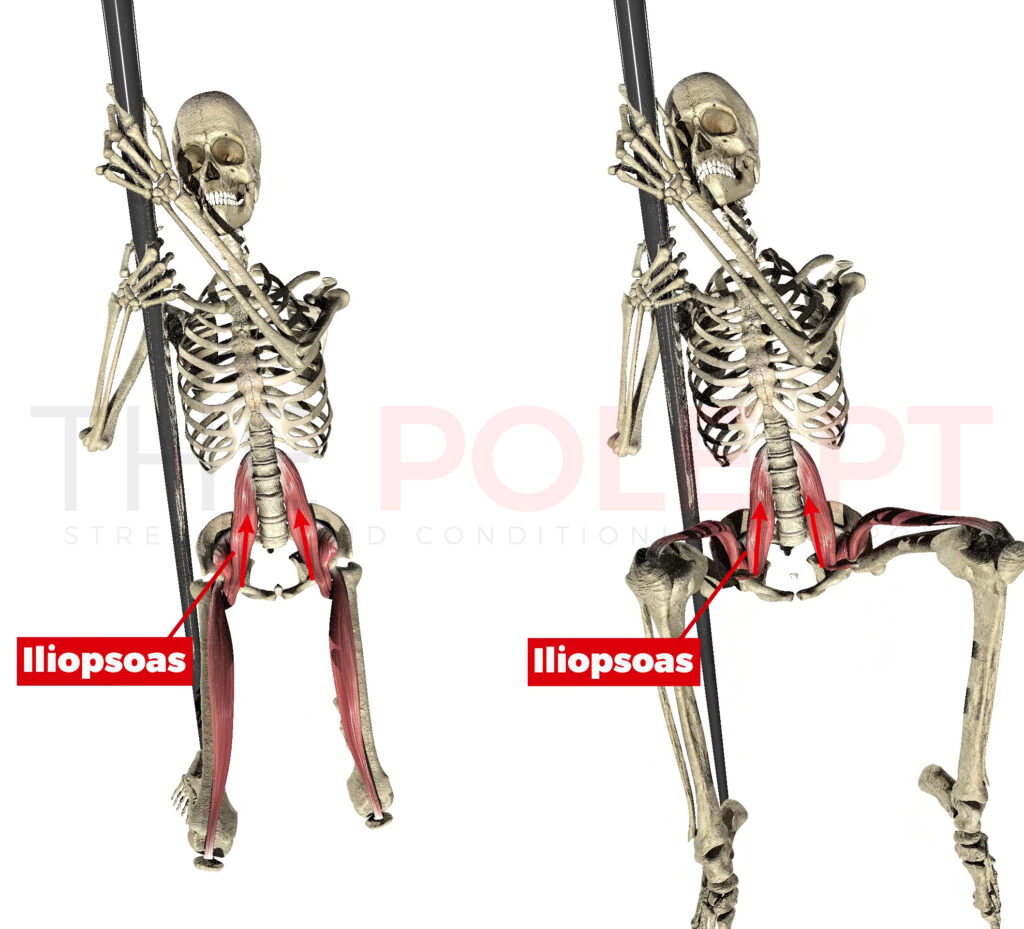
Once the knees are tucked in nice and tight, the pelvis also usually ‘tucks’ slightly (this is called a posterior pelvic tilt, if you wanna get fancy about it), which flexes the lumbar spine*.
*Those six-pack muscles (rectus abdominis) probably get a little more involved at this stage, to hold that tuck position!
Pole Invert Strength #3 Eccentric bicep strength
Now for the most interesting (and troublesome) part of the invert: the dreaded tip back!
First we tuck, then we tip! Notice that as we tip back, our body position stays roughly where it is. The knees stay in the tuck, the spinal position doesn’t change dramatically and the distance between our arm and our torso is (for the most part) maintained.
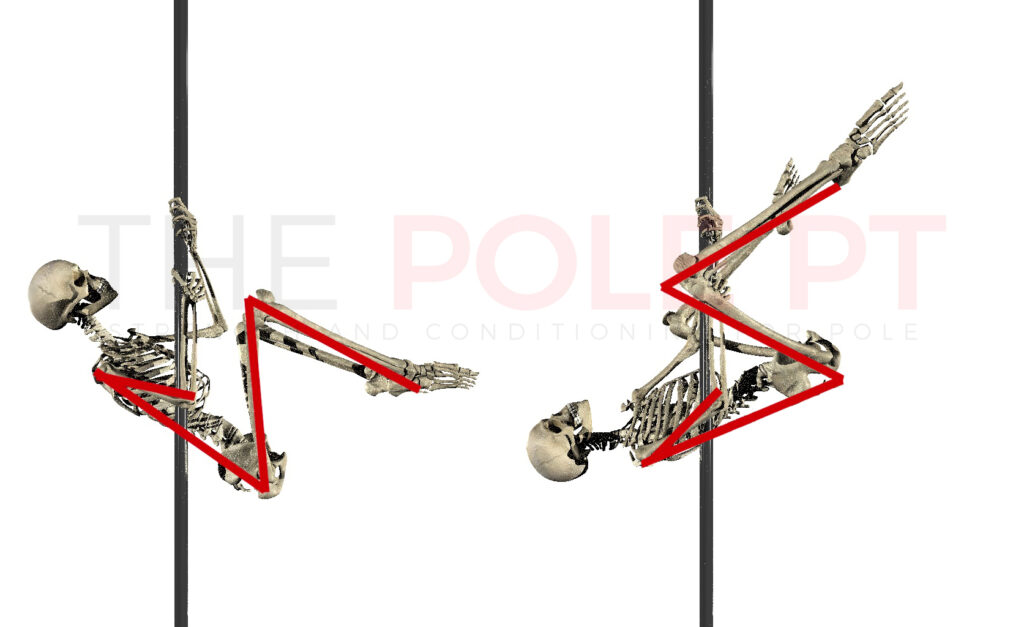
The only noticeable joint action is the extension of our elbows. It’s our biceps contracting eccentrically (they are lengthening under load), with our triceps contracting concentrically (they are shortening) which work together to control that straightening of the arms.
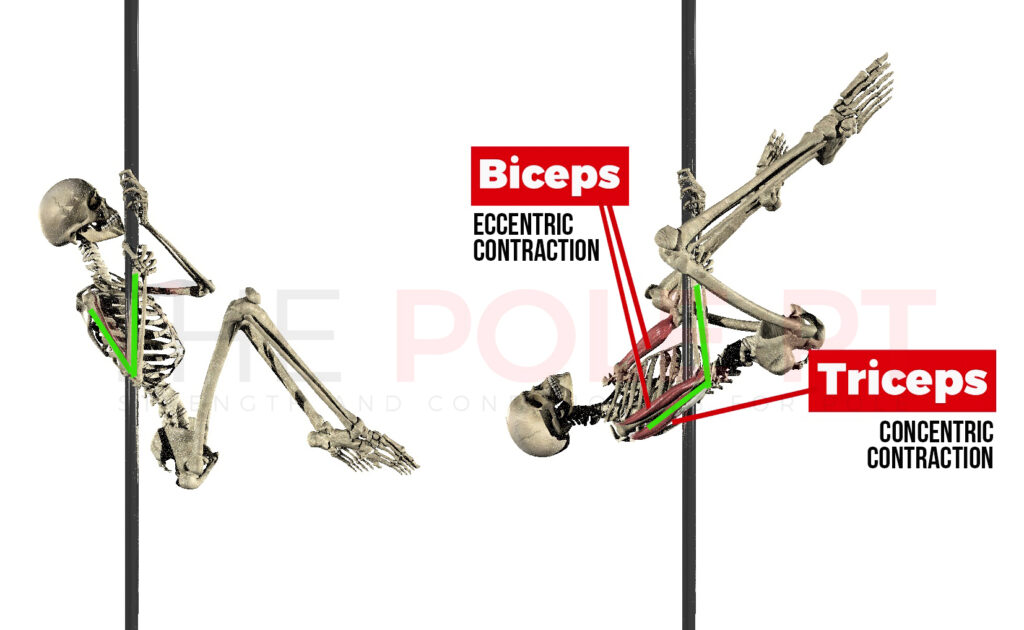
Pole Invert Strength #4 Latissimus dorsi strength
When we lift our feet off the ground, we call on our upper body strength to resist the pull of gravity and keep our body from slumping down to the floor.
It’s mostly our latissimus dorsi muscle which keeps our upper body lifted, with some assistance from our triceps!
As we mentioned in #3 above, as we tip back into our invert, the distance between our torso and arms doesn’t really change. So the contraction here is mostly isometric (meaning that the muscle isn’t really shortening or lengthening, just holding still to maintain the position).
It’s this part of the invert which trips a lot of folks up. We need to maintain that strong latissimus dorsi contraction to keep our torso lifted between our arms.
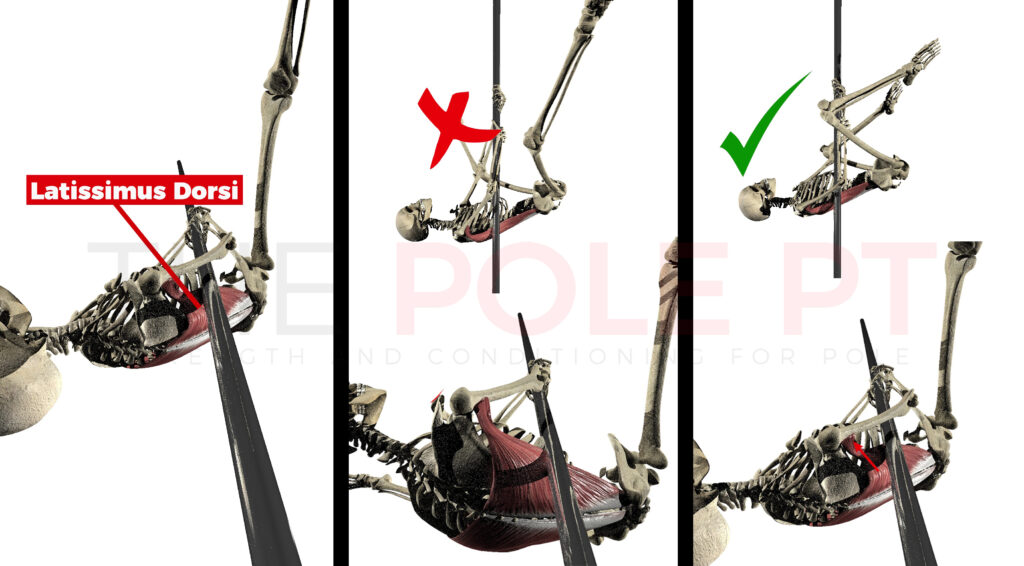
Pole Invert Strength #5 Erector Spinae strength
Our erector spinae muscles also work (isometrically) to resist excessive spinal flexion (rounding the spine) which can take our pelvis out of that nice strong ‘stack’, making the movement inefficient and more challenging to hold.
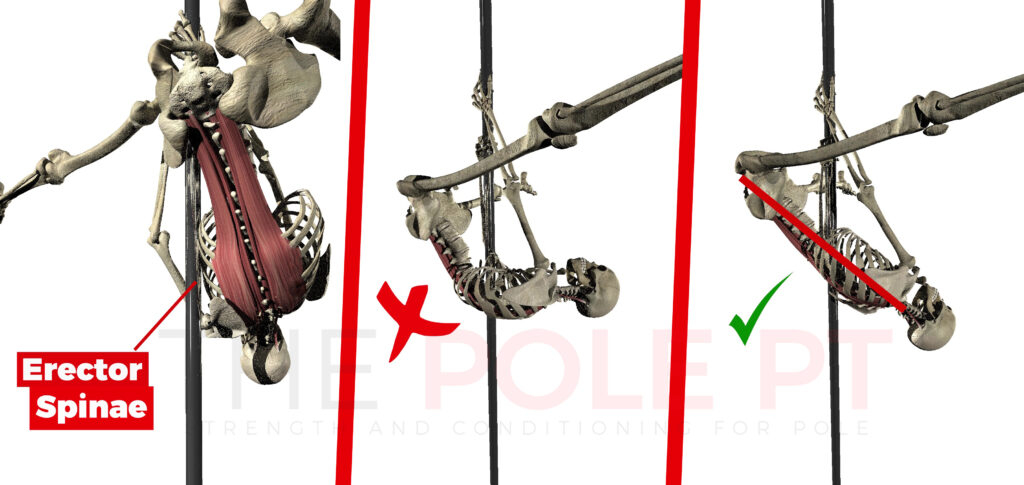
Pole Invert Strength #6 Scapular retractor strength
That pesky gravity is always getting in the way of our upside down dreams! Thanks a lot, gravity!
As we move into the ‘tip back’ and into the inverted position, we also need to maintain a contraction in our scapular retractors (notably the rhomboids and middle trapezius) to prevent us from moving into excessive scapular protraction.
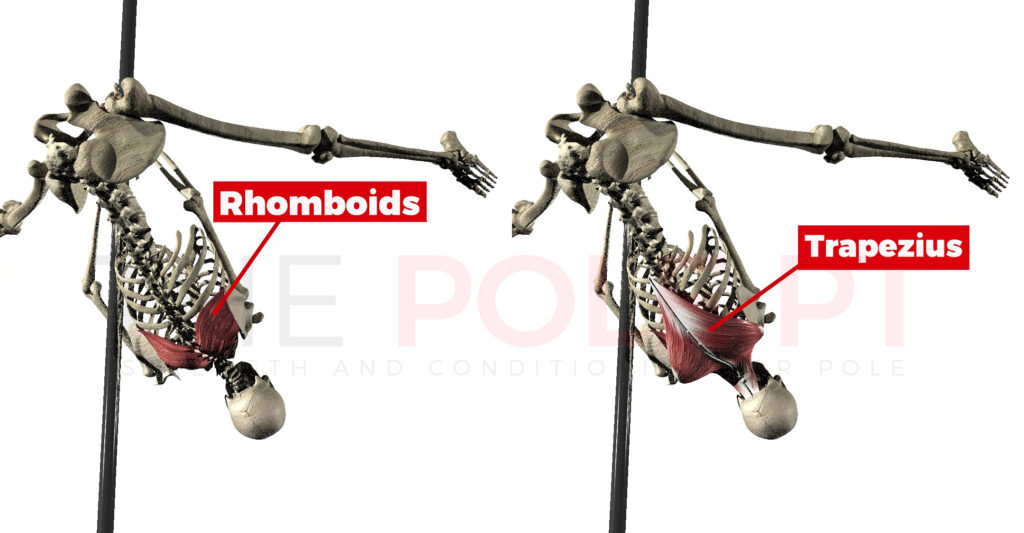
In combination with the core stability, latissimus dorsi and erector spinae engagement, engagement here prevents us from ‘hanging’ inefficiently off our arms/shoulders.
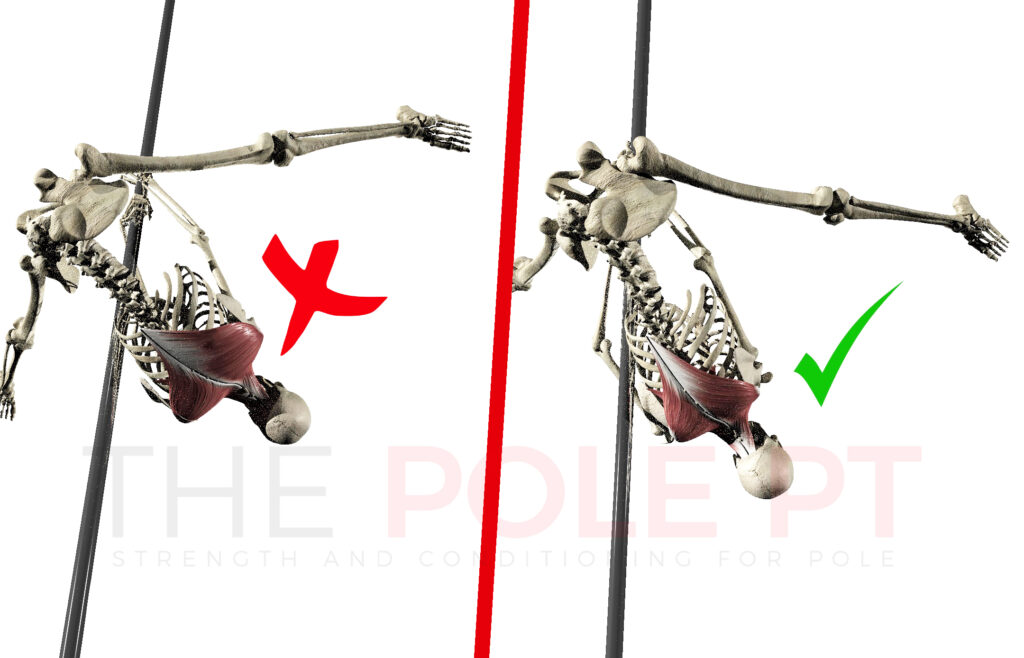
More like this, less like this?
If your pole invert looks a little bit more like column A than column B, it’s likely down to one (or a combination of) the above factors.
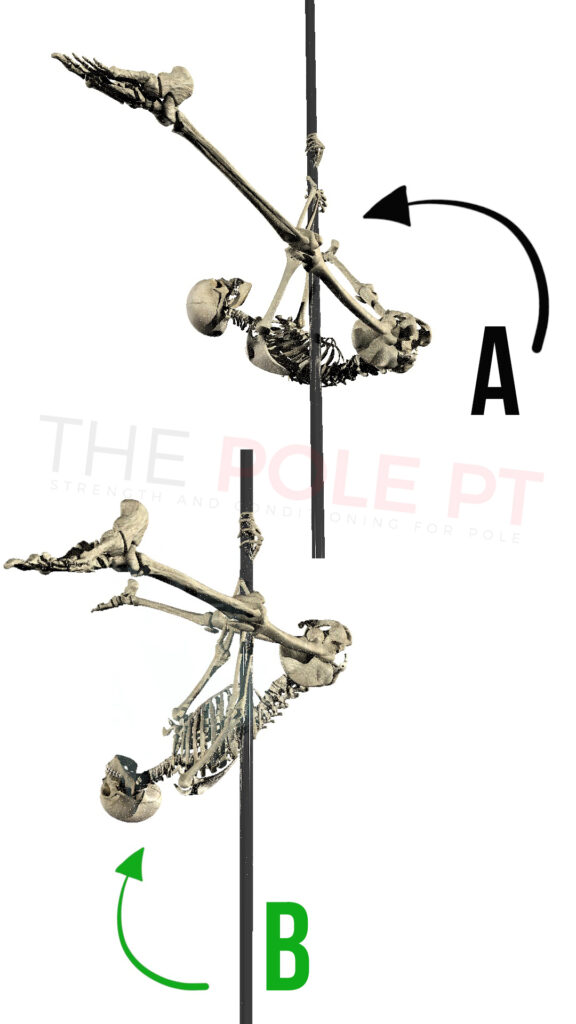
The good news is that the solution to this invert problem is SUPER simple: working on your strength in the #6 key areas above will get your invert looking and feeling like a Column B champ!
A note on asymmetry
Because the pole is off to one side of our body, even though our muscles are essentially performing the same contractions on the left and right side, the two sides aren’t working equally.
I would absolutely LOVE to see a muscle activity study on this to find out exactly what the left-to-right muscle activation difference is in the pole invert. Until the pole nerd science gods answer our prayers on that one, just know that the movement involves some asymmetry.
For example, as our outside arm is further away from the pole, and positioned across our torso, the scapula positioning is naturally different. That ‘outside’ scapula will be in a more protracted position than the ‘inside’ one. It doesn’t mean that the scapular retractors (#6) aren’t working on that side – they are still contracting to resist gravity and prevent excessive protraction there, but that outside scapula won’t be as retracted. It will look different to the other side.
The muscles on the side of our body closest to the pole will probably be able to generate more force as they have the extra support of that sturdy metal pole. So there will likely be a difference in the engagement of the obliques, lateral spinal flexors and all the other muscles discussed above.
It’s one of the reasons why training your invert on both sides can be useful to help maintain balanced strength in these areas.
Wait, what about the legs?
Moving beyond the ‘tuck’ into the ‘chopper’ position, our legs move into a wide ‘V’ (hello gluteus medius and tensor fasciae latae), with the quadriceps working to straighten the legs. Our deep hip rotators also work to stabilise the legs in an externally rotated position.
Not only do we need strength in those muscles (as well as our hip flexors) to create this straddle, we also need a certain amount of flexibility in our hamstrings and hip adductors.
As we’re focusing today on the invert movement itself, that’s all I’m going to say about the straddle position. In my experience, it’s rarely the area that causes problems for the ‘invert’ part of the errrr…. invert.
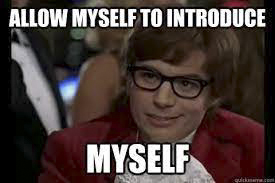
So… how do I build strength for the invert, then?
Now we’ve identified the key areas that we need to be strong in order to execute the no kick invert of our dreams, it’s time to get t’work (said in my finest Yorkshire accent)!
In my next blog post, I’ll share my favourite invert strengthening exercises, with full instructions on how you can build them into your own ‘boss your invert’ workout!
In the meantime, remember that all things are difficult before they are easy. Master the basics, trust the process and one day, this once difficult thing will become easy, too. Hang in there, you got this!
PS… If you enjoyed this post – you’re a pole nerd like me, YAY! You might also enjoy my book, Pole Anatomy – over 60 pole tricks fully illustrated with interactive 3D models! Or my textbook on Strength and Conditioning for Pole – the best selling, most comprehensive guide to building strength for pole!


